This article is from the WatchTime Archives.
Among watch enthusiasts, collectors, and just about everyone in between, the below photo of Buzz Aldrin photo inside the lunar module, wearing his Omega Speedmaster (Ref. 105.012), during the lunar landing mission has perhaps become as iconic as the timepiece featured.

On July 21st, the NASA-approved Speedmaster became “the first watch worn on the Moon,” or simply the “Moonwatch” (more detail on this here, here and here ), but the famous chronograph was neither the first watch in space, nor the last one that traveled to the only place in our solar system, other than Earth, where humans have visited. Here are six history-making timepieces that also played a significant role in conquering the infinite vastness of space:
Fortis Cosmonaut Chronograph
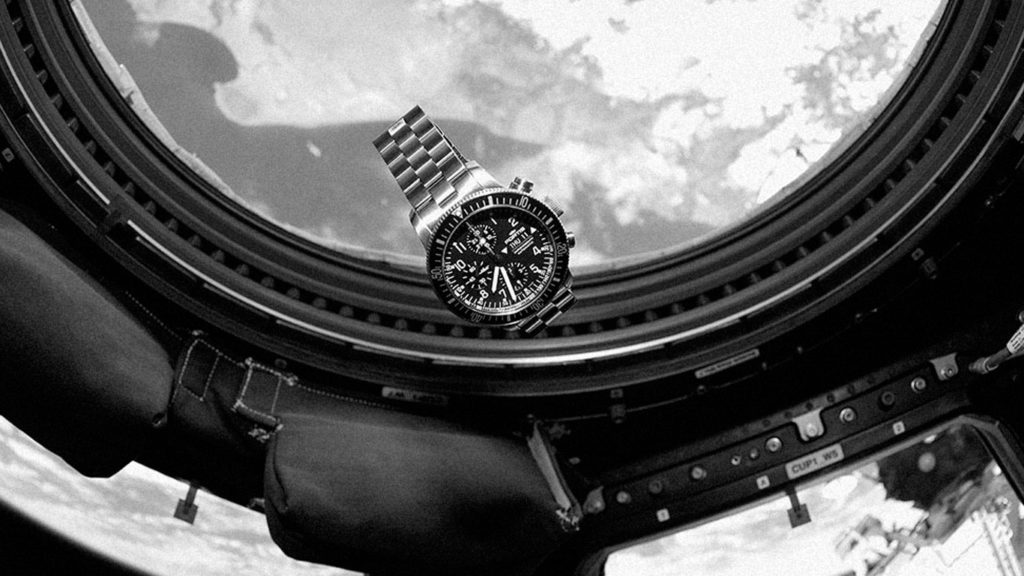
The first watch to be used for space missions by Russia’s Roscosmos State Corporation for Space Activities was the 38-mm Cosmonauts Chronograph from Fortis in 1994 (powered by the Lemania 5100 movement). Surprisingly, Fortis had originally designed the chronograph as a limited edition for an art project. The current version is the B-42 Official Cosmonauts Chronograph (Ref. 638.10.11) with Valjoux movement, introduced in 2003. It has been used by Russian space travelers for more than 20 years — at one point even as a makeshift hammer (after a cosmonaut had forgotten his tools on the ISS).
Sinn Chronograph 142

German Astronaut and physicist Reinhard Furrer wore his personal black-PVD 140S during the Spacelab Mission D1, in 1985. This chronograph from Sinn was powered by the Lemania 5100 movement (which is no longer manufactured today); for the current version (Ref. 140.020 and 140.030), Sinn developed a module for the Valjoux 7750 that placed the stop-minute function in the center of the movement.
Seiko Speed-Timer 6139-6009

Already a strong contender in the race to bring the first automatic chronograph to the market in 1969 (read more on the history of Seiko chronographs here), Japan’s Seiko also made its mark in space. American astronaut and pilot of the Skylab 4 mission, William Reid “Bill” Pogue, boarded the longest space flight, at the time, to be carried out, while wearing the Seiko Speed-Timer 6139–6002. After 84 days, Skylab 4 and the Seiko on Pogue’s wrist landed.
Breitling Navitimer Ref. 809
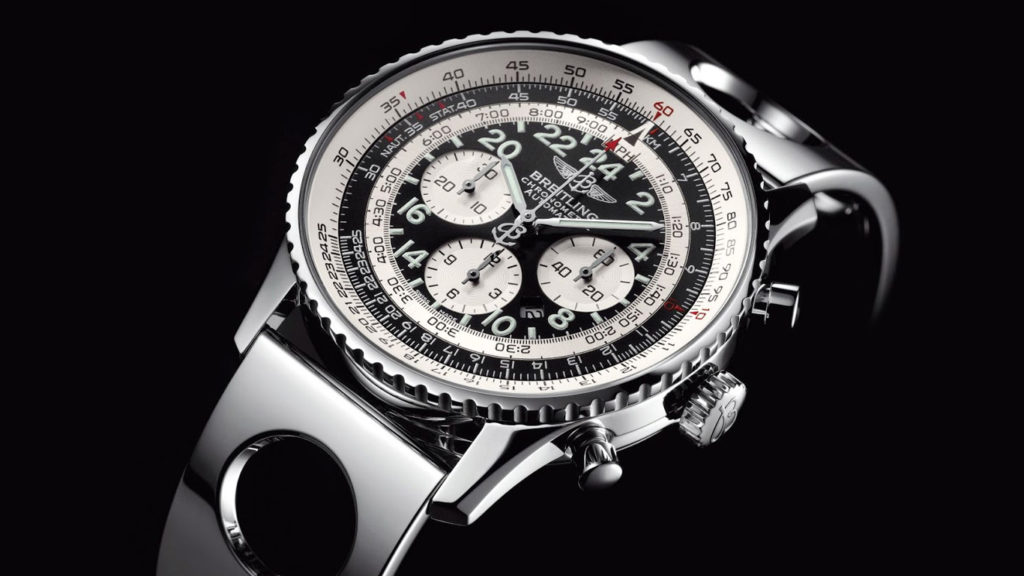
One of the original seven astronauts to orbit the Earth three times in the Aurora 7 spacecraft, American astronaut Scott Carpenter launched into space on May 24, 1962, making him the second American in orbit. He wore a modified Breitling Navitimer (Ref. 809) made of stainless steel on his wrist that featured a Venus 178 hand-wound caliber, specially converted for Breitling. Fifty years later, Breitling launched a limited edition of that watch, which had become known as the Navitimer Cosmonaute. Like the watch from 1962, it had a 24-hour display, a slide rule bezel, and a manual-winding movement. For more info on the Breitling Navitimer Cosmonaute, click here.
Heuer Stopwatch 2915A
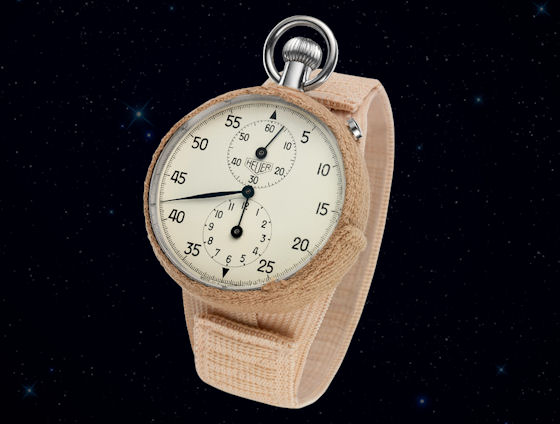
American astronaut John Glenn wore the Heuer stopwatch (Ref. 2915A), attached by rubber bands, over his spacesuit. The stopwatch accompanied the astronaut three times around the world on February 22, 1962, on his nearly four-and-a-half-hour “Friendship 7” mission. This makes it the first Swiss timepiece in space and the second everyday watch that has ever accompanied a space traveler after the Shturmanskie worn by Russian cosmonaut Yuri Gagarin. The 2915A was never produced in high numbers, making it virtually impossible to find. If the design and history fascinate you, the brand launched the limited edition TAG Heuer Carrera 1887 SpaceX Chronograph, with only 2,012 pieces produced, in 2012, to commemorate the 50th anniversary of the Luna mission. The chronograph takes its design cues from the 2915A and features an image of the Friendship 7 capsule, both on the dial and across the display caseback. Click here to read more about the 2915A.
Rolex GMT-Master
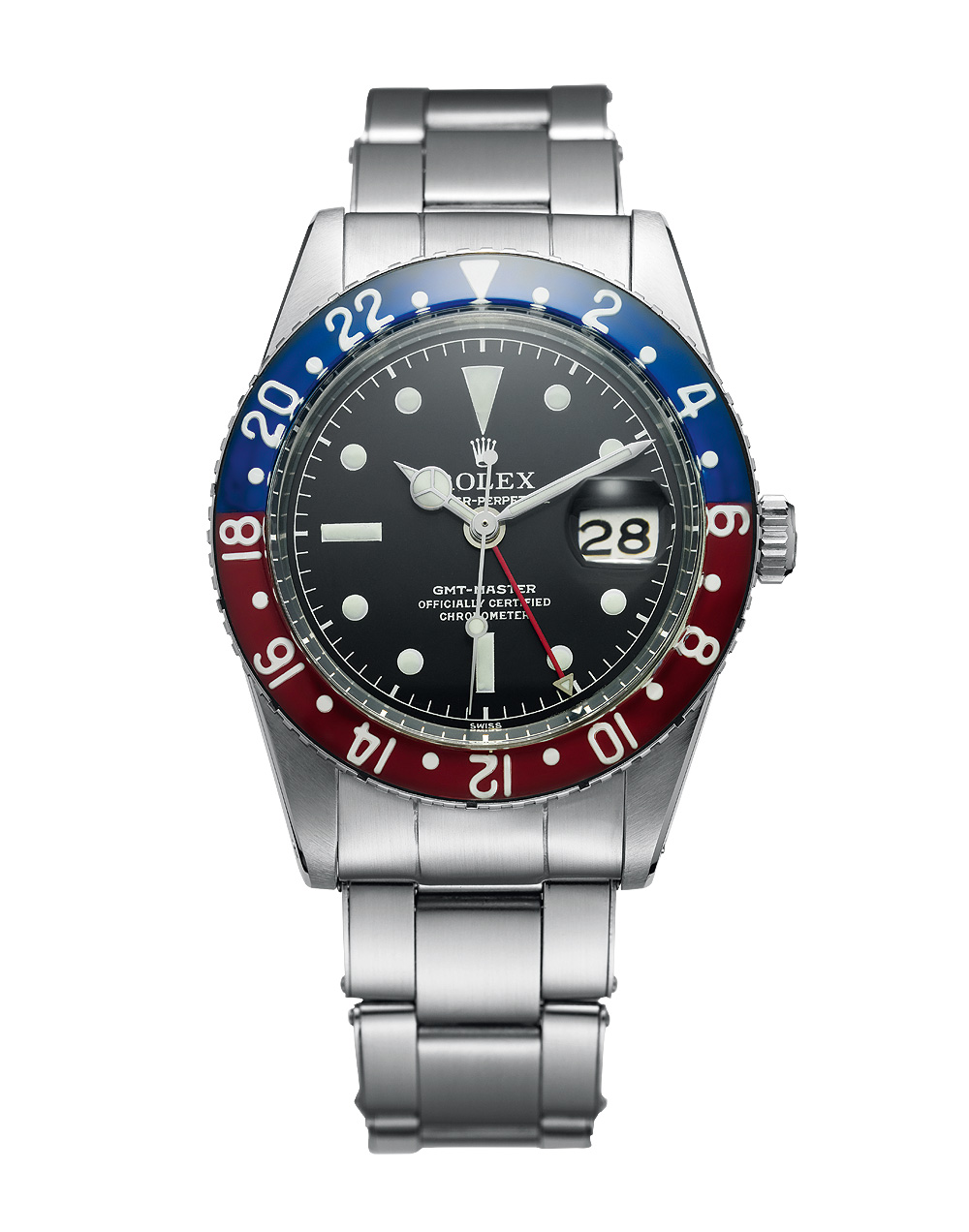
While the Speedmaster was the official watch issued by NASA, some astronauts brought their own watches along: During the Apollo missions, the Rolex GMT-Master was worn by astronauts such as Alan Shepherd, Dr. Edgar Mitchell, and Eugene Cernan. NASA Apollo 17 astronaut Ronald Evans brought this model with him on the last crewed moon mission in 1972. While the design has changed very little over the last 60 years, the latest reissue of the “Pepsi” GMT-Master II is the reincarnation of the classic in its original form. Rolex has improved the technology within and provides even greater value with a longer power reserve. If you prefer Pepsi over Coke, check out our hands-on review of the GMT classic, here.

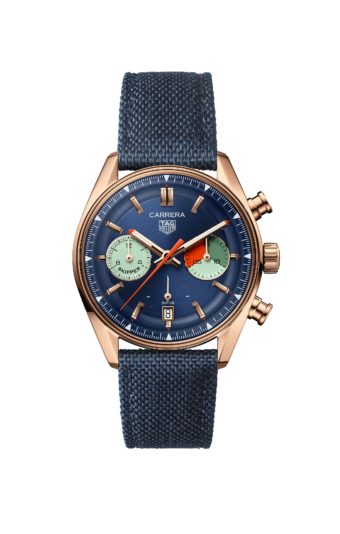
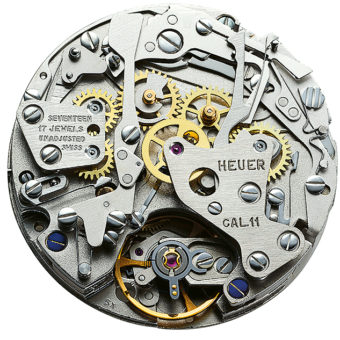
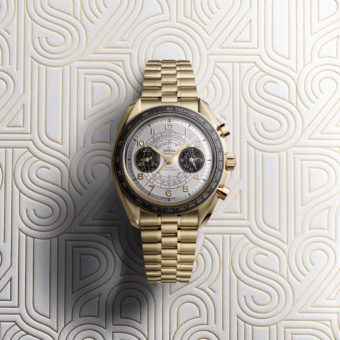
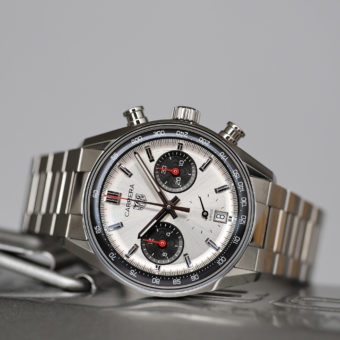
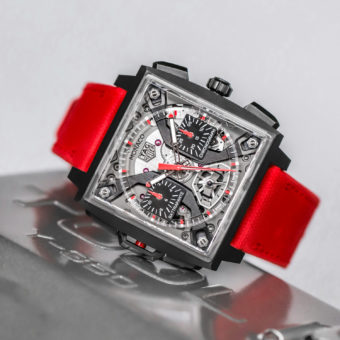
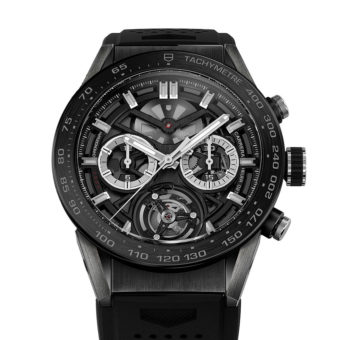
What about the Bulova Chronograph ref. 88510/01 that not only went to space but was used in a moon walk by astronaut Dave Scott (Apollo 15) on August 2, 1971?
Thanks this is good information also thanks to these watchmaking companies to make such nice and wonderful watches but Omega is Omega no one loved moon and space like Omega they had invested a lot in Omega moon watches they also had researched a lot about space and moon to make Omega moon watches with love and utmost care like using plexi glass and taking care of all materials technologies for perfection and safety rather than just to use a watch to see time they truly made Omega watches with love
Omega was not aware Omega was selected by NASA for moon but after knowing they used all opportunities to improve and to make more and more perfect Omega watches
Thanks
I believe the Soviets in 1961 sent their own watch to space called Sturmanskie . I wonder as to why you omit this, seems to me you underestimate peoples intelligence, or is Not politically correct because of the American war in Ukraine………….
Dave Scott wore a one-off Bulova chronograph on Apollo 15. To our knowledge, it’s the only other watch besides the Speedmaster worn on the surface of the moon.
Great article, now I’ll be ‘hunting’ when funds allow ;o) BTW that photo of Buzz Aldrin was taken when he checked the LM out on route to the moon, he’s in the CDR’s position on the left of the LM cockpit, his side when they landed was the right. But his job was to make sure the LM systems where ok.
I think we’re forgetting the Bulova Lunar Pilot.
Pete Conrad wore a Glycine Airman GMT on the arm opposite the Speedmaster. That Glycine was worn on his spacewalk, and then became the second watch to be worn outside in actual space.
Pete Conrad had a Glycine Airman on the arm opposite the Speedy.
There’s more watches that went to space for example casio g shocks and pro treks
Casio G Shock 5600
I find it amazing you mentioned everything and nothing. The first watch in space, like the first country in space, was Russian. This seems to be forgotten by Google every 12th April. Yet every form of “useless” other day is remembered in the name of politics. Google stopped commemorating the first man in space around 6 or 7 years ago when Obama was claiming American Exceptionalism.
In fact, the US moon landing was the only US Space first until that time (1969). All other landmarks were Russian. It’s sad really, because space was the first and now last place that the US cooperated with the Soviet Union and latterly Russia. (Of course no-one is meant to know that NASA has bought 2 more seats aboard Soyuz for an October and December 2021 launch. It continues to buy RD-180 engines too. This is at the same time as putting illegal sanctions on Russia. Just so you don’t make this mistake again, the first watch in space was a Sturmanskie. It was a simple 15 jewel movement produced by the First Moscow Watch Factory. These watches were used exclusively by military pilots.
I love the band on that Breitling Navitimer, and the fact that it has a 24 hour dial makes it even more coveted
Didnt Bulova go to the moon with Collins?
Also, A Casio G Shock
A breitling
And a Bulova
Bulova made space history on August 2, 1971–during the Apollo 15 mission, a moon pilot chronograph, customized for lunar conditions by Bulova engineers, was worn on the moon. This watch was worn by David Scott from Apollo 15.
You should do your homework. The Gagarin was the first in space
Does the self-winding mechanism work in a low gravity environment?
Why the omission of the Poljot Штурманские wristwatch? Yuri Gagarin wore that timepiece as the first man in space (April 12, 1961).
You did’nt mention the Omega Flightmaster used by Alexsi Leonov, and the Bulova watch used on the Apollo 15 moon landing, when the Omega Speedmaster failed.
Where is the Bulova Lunar Pilot??? August 2, 1971, Apollo 15. Maybe it can make it into your next Moon watch article.
Two others worth mentioning are the Bulova moon chronograph, which was taken on Apollo 15 and is currently known as the Lunar Pilot. The other is the Seiko Spring drive Spacewalk, which was designed and engineered for a spacewalk.
Why no mention of Bulova? The Bulova Accutron Was used by NASA and was worn on the moon, when an Omega Speedmaster broke during the mission.
One glaring omission is the bulova prototype chronograph worn by Dave Scott during the Apollo 15 voyage in 1971.